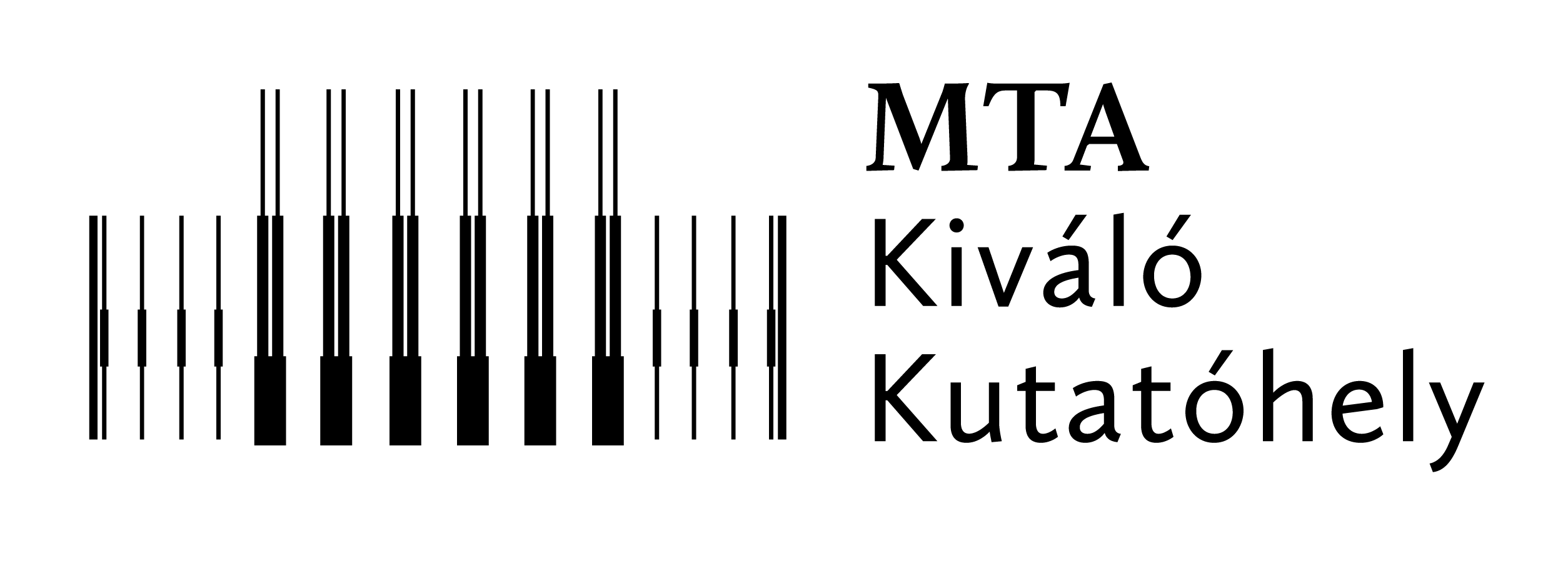A Wigner Kollokvium következő előadója Csányi Gábor, a Cambridge-i Egyetem molekuláris modellezés professzora. Előadására március 26-án, kedden 14 órakor kerül sor az 1-es épület Tanácstermében. Előadásának címe: A foundational atomistic model for materials.

(Fotó: Cambridge-i Egyetem)
Az előadás összefoglalója:
A new computational task has been defined and solved over the past 15 years for extended material systems: the analytic fitting of the Born-Oppenheimer potential energy surface as a function of nuclear coordinates. The resulting potentials ("force fields") are reactive, many-body, with evaluation costs that are currently on the order of 0.1-10 ms/atom/cpu core (or about 1ms on a GPU), and reach accuracies of a few meV/atom when trained specifically for a given system using iterative or active learning methods. The latest and most successful architectures leverage many-body symmetric descriptions of local geometry and equivariant message passing networks. Perhaps the most surprising recent result is the stability of models trained on very diverse training sets across the whole periodic table. I will show the recently published MACE-MP-0 model that was trained on just 150,000 real and hypothetical inorganic crystals (90% of training set < 70 atoms), but is capable of stable molecular dynamics on any system tested so far - this includes crystals, liquids, surfaces, clusters, molecules, and combinations of all of these. The performance of such foundation models open the possibility to creating a universally applicable interatomic potential with useful accuracy.
Az előadó önéletrajza itt érhető el.



